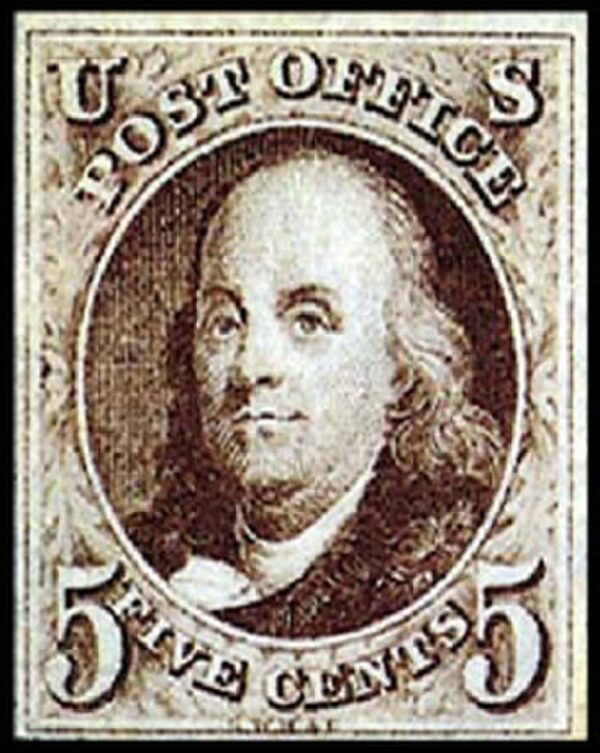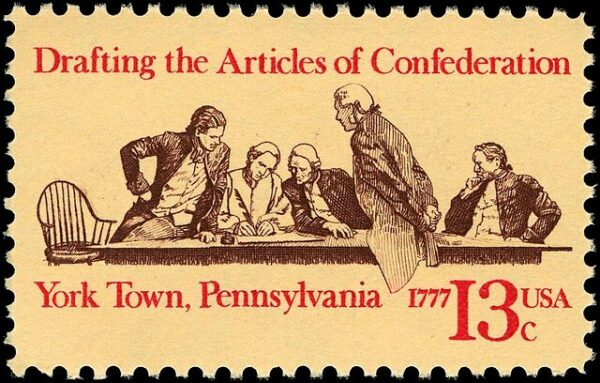On February 20, 1792, the United States Congress enacted The Postal Service Act, a landmark piece of legislation that shaped the early history of the United States and laid the foundation of the nation’s postal system. Signed by George Washington, the law played a pivotal role in organizing and formalizing the postal service, laying the groundwork for its development and expansion.
At the time of the act’s passage, the United States was still a relatively young and geographically expansive nation, facing the challenges of establishing a unified communication network. The Postal Service Act of 1792 addressed these challenges by creating a more structured and efficient postal system.
One of the key provisions in the new law established the position of the Postmaster General as the leader of the entire postal service. Samuel Osgood became the first person to hold this important office. The act empowered the Postmaster General to appoint postmasters and establish post offices throughout the country, providing a framework for the organized growth of the postal network.
To fund the postal system, the act introduced a tiered postage rate system based on distance and weight. This system aimed to ensure that the costs of mail delivery were covered while making postal services more accessible to a broader population. The act also standardized postage rates, providing consistency and transparency in the pricing of postal services.
The Postal Service Act of 1792 was instrumental in defining the legal framework for the postal service. It outlined offenses related to mail tampering and established penalties for those found guilty of such crimes. This helped safeguard the integrity of the postal system and ensured the security of mail during its transit.
In addition to the structural and regulatory aspects, the act addressed the transportation challenges faced by the postal service. It authorized the Postmaster General to contract with stagecoaches and other carriers to transport mail, recognizing the importance of reliable transportation in the efficient functioning of the postal network.
Today, over 420 million pieces of mail are delivered by the United States Postal Service every day.






